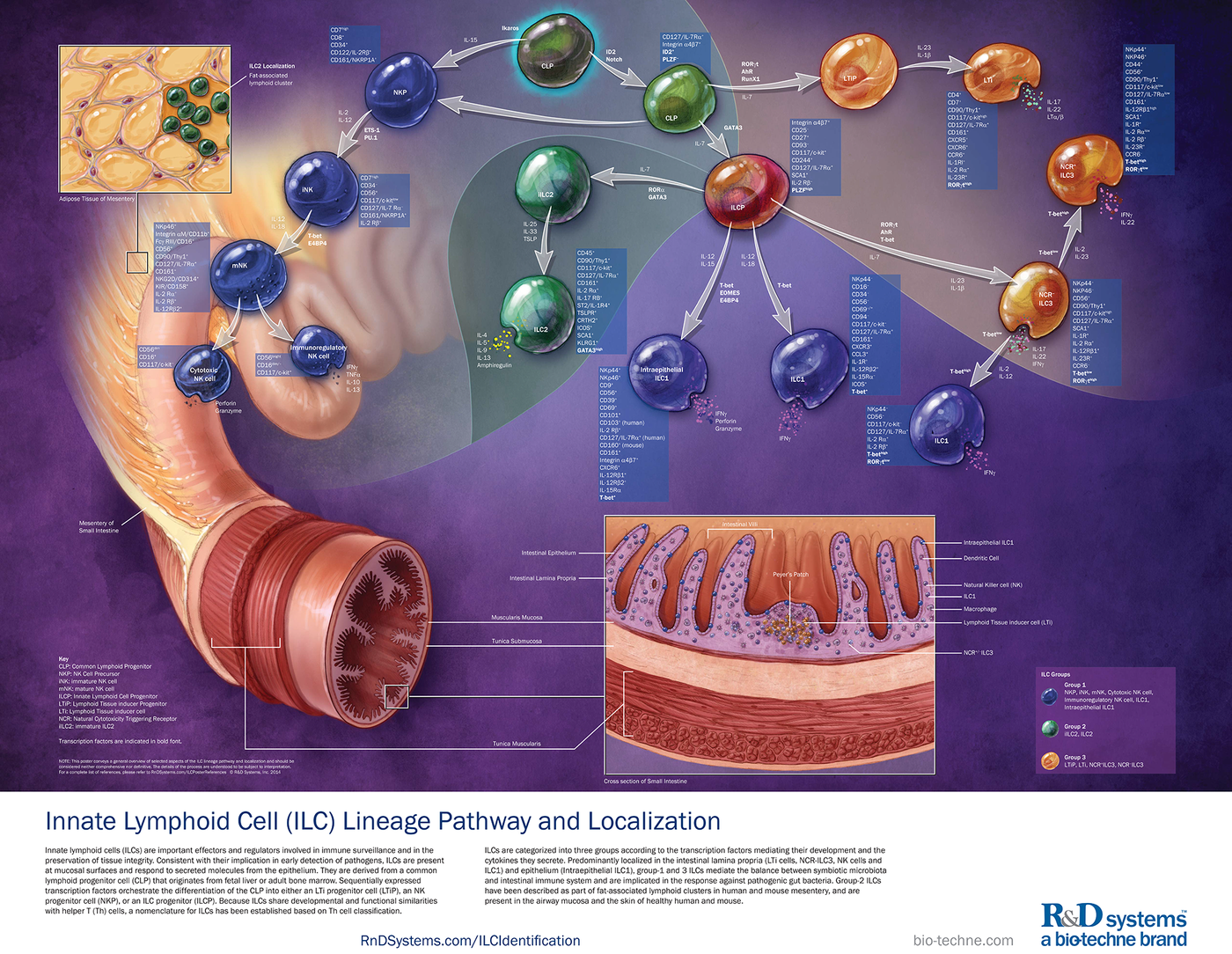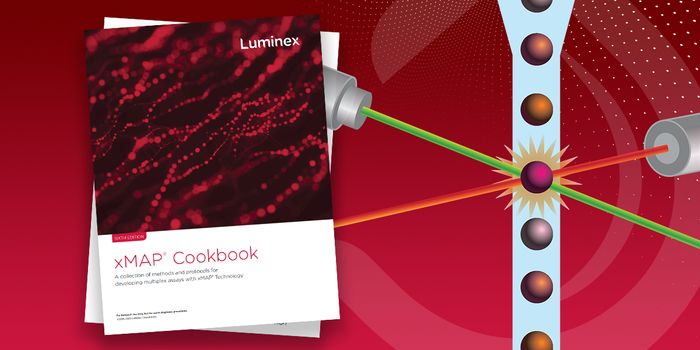The mucosal lining of places in the body like the lungs and intestines is the first line of defense against pathogens the body encounters. Certain components of the mucosa known vaguely as innate lymphoid cells (ILCs) help to maintain the mucosal lining, but little else is known for sure about their immune function.
Nature refers to ILCs as “immune cells that belong to the lymphoid lineage but do not express antigen-specific receptors.” In a new study from the Karolinska Institutet in Sweden, scientists were able to characterize a certain subgroup of cells called ILC3s into three further subtypes, and they believe this discovery is the next piece of the mystery puzzle surrounding ILCs.
Researchers from this study, published recently in
Nature Immunology, used single-cell RNA sequencing to examine the unique gene expression profiles of human tonsil cells, also called the transcriptome. Single-cell RNA sequencing is becoming increasingly popular as a technique for “profiling rare or heterogeneous populations of cells” (
Nature Methods).
As expected, the information gathered from the individual tonsil cells showed three main groups of ILCs (ILC1, ILC2, and ILC3) as well as the gene expression levels of natural killer cells. However, their analysis also found three previously unknown subgroups of ILC3. These three subgroups differed based on protein secretion and molecular sequencing, proving to be “transcriptionally and functionally diverse subpopulations of ILC3 cells”
(Nature Immunology).
“Our analyses also discovered the expression of numerous genes of previously unknown function in ILCs, highlighting that these cells are likely doing more than what we previously knew,” said Rickard Sandberg, PhD.
Source:
Karolinska Institute









